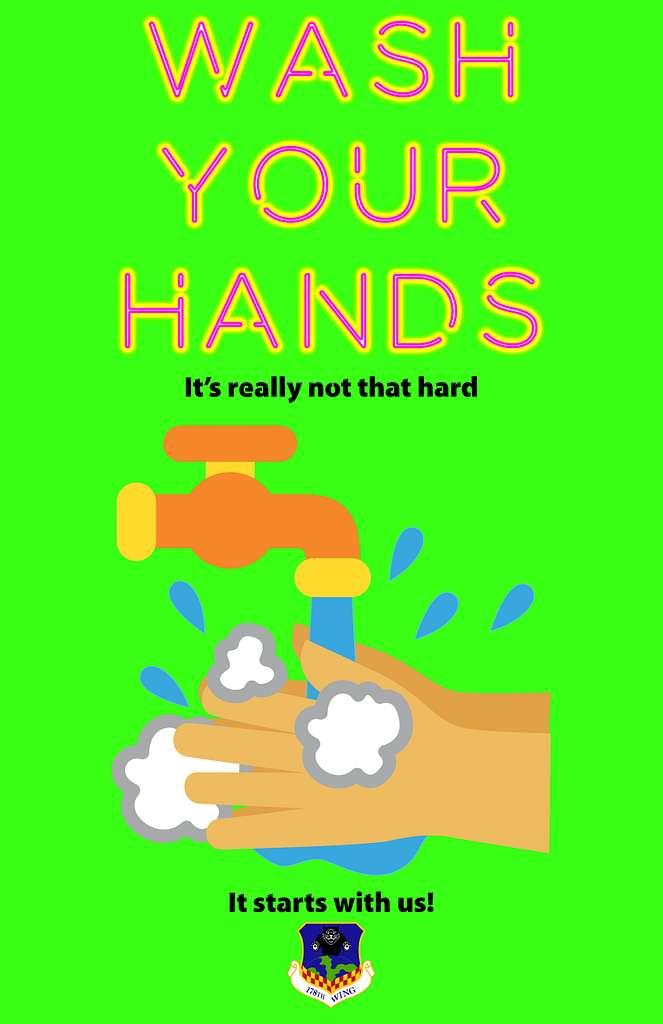In a world where viral challenges dominate social media platforms, TikTok finds itself in hot water after a seemingly harmless trend sparked a consumer safety probe in Italy. The popular video-sharing app has been slapped with a hefty fine following the infamous ‘French scar’ challenge that left authorities questioning the platform’s commitment to user safety. Let’s delve into the details of this intriguing case and explore the implications for TikTok’s future in the digital landscape.
Table of Contents
- The Risks of Viral Challenges on Social Media Platforms
- Safety Concerns and Consumer Protection Regulations
- TikTok’s Responsibility in Protecting Users
- Lessons Learned from the ‘French Scar’ Challenge Incident
- Strategies for Preventing Harmful Content from Going Viral
- The Conclusion

The Risks of Viral Challenges on Social Media Platforms
Recently, a wave of concern has been sweeping over the dangerous viral challenges on popular social media platforms like TikTok, demonstrating the susceptibility of young users to risky behaviors. The latest to cause a stir is the notorious ‘French scar’ challenge, where participants were encouraged to give themselves a ‘scar’ bearing resemblance to the French Revolution dueling scars. The trend promptly garnered criticisms for promoting self-harm and subsequently led to a hefty fine on TikTok in Italy.
Following the viral trend, an Italian consumer protection agency launched an investigation into TikTok’s failure to adequately protect its younger users. The implications of such challenges are extensive and critical, from posing severe harm to participants to raising serious questions about consumer safety regulations and child protection laws.
| Significant Risks Associated with Viral Social Media Challenges | |
|---|---|
| Physical Harm | Many challenges encourage risky behavior, leading to potential physical injuries. The ‘French scar’ challenge is a prime example. |
| Psychological Damage | Social media platforms add pressure on young users to fit in, and viral challenges push this further, leading to potential psychological harm. |
| Violation of Policies and Laws | Challenges like the ‘French scar’ raise concerns on the failure of platforms to protect users, especially children, putting them in violation of user safety regulations. |
-
- The Resulting Repercussions: The Italian consumer protection agency’s probe into TikTok’s consumer safety practices is a stark reminder to other platforms about their responsibility to protect users from potentially harmful content.
-
- The Need for Stricter Regulations: These incidents highlight the necessity for more stringent rules on social media platforms to curb harmful trends and protect vulnerable users, particularly youngsters.

Safety Concerns and Consumer Protection Regulations
In an escalating concern for user safety, TikTok, the globally recognized social media platform has been heavily fined by Italy’s data protection authority. This has been attributed to a highly controversial ‘French scar’ challenge that ticked off the regulators. The violation cost TikTok a hefty fine of approximately $11.7 million, proving that authorities are increasingly taking a higher stance against the lack of consumer protection measures in social platforms.
The ‘French scar’ challenge encouraged users to record a prank video in which they faked severe injuries. This dangerous stunt raised significant safety concerns, attracting the attention of not only users, but also legal authorities. Here is a brief summary of the penalty imposed on TikTok:
| Regulatory Authority | Platform | Fine Amount | Reason |
|---|---|---|---|
| Italy’s Data Protection Authority | TikTok | $11.7 Million | ‘French Scar’ Challenge |
As the issues related to remain under constant scrutiny, regulatory bodies worldwide have taken several steps to curtail any irresponsible behavior within such platforms.
-
- Tightening of Safety Measures
-
- Enhanced User Verification Systems
-
- Clear and transparent Terms and Conditions
-
- Stringent Age Verification Processes
Undoubtedly, this incident with TikTok is set to be a precedent, nudging other social platforms towards a more responsible conduct in regard to user safety and regulatory compliance.

TikTok’s Responsibility in Protecting Users
The social media giant, TikTok, was recently met with a hefty fine in Italy after a disturbing challenge, known as the ‘French scar’ challenge, proliferated on the platform. This challenge resulted in unsuspected users inflicting harm on themselves, sparking a considerable safety investigation by consumer protection authorities. The controversy has placed the platform under intense scrutiny, calling into question TikTok’s responsibility to protect its users and prevent the diffusion of dangerous content.
The crux of the issue lies in TikTok’s content moderation policies and whether or not they are sufficiently robust. Many argue that the platform’s algorithm, which favours engagement and virality, may inadvertently promote harmful or dangerous content. Highlighted areas of concern include:
-
- The platform’s capacity to rapidly disseminate harmful content
-
- The effectiveness of safeguarding measures put in place by TikTok
-
- The need for better regulation of content on the platform
Ultimately, as users, especially younger ones, rely more on these platforms for their daily dose of entertainment and social networking, social media companies like TikTok need to take a proactive stance in ensuring user protection. Measures could include strengthening their content moderation teams, improving user report mechanisms and educating users about risk factors associated with viral challenges on social platforms.
| Social media platform | Key areas of concern | Proposed measures |
|---|---|---|
| TikTok | Quick spread of harmful content, Weak safeguarding measures, Need for better content regulation | Enhanced content moderation, Improved user report systems, User education on risk factors |

Lessons Learned from the ‘French Scar’ Challenge Incident
In the wake of the infamous ‘French Scar’ Challenge incident, TikTok has been handed a hefty penalty by Italian authorities on grounds of consumer safety violations. The crux of the issue lied in the viral trend that encouraged users to scratch their hands using pencil sharpeners to mimic the ‘French Scar’. This peculiar challenge not only catalyzed a surge in harmful behavior amongst youngsters, but also called into question the ethics of social media applications and their responsibility towards instilling safe usage protocols.
The implications triggered by the incident surfaced numerous lessons that social media platforms, as well as users, should take to heart. Firstly, the importance of user safety cannot be overstated. Applications should proactively incorporate mechanisms to filter out harmful content that could propel hazardous trends. Regulation should be stringent and consistent. Secondly, social media users, particularly the younger demographic, need to approach these platforms with a critical and discerning eye. In keeping with these lessons, a table depicting ways through effectively implementing these lessons is as follows:
| Lesson | Action |
|---|---|
| User Safety | Implement stringent content filtering mechanisms. |
| Critical Engagement | Encourage users to discern between harmless entertainment and dangerous trends. |
Moreover, regulatory bodies must be vigilant and quick to take necessary action when these platforms fail to uphold user safety regulations. Swift penalties, like the one enforced against TikTok, serve as a constant reminder of the responsibilities these platforms must shoulder in order to curate a safe and conducive environment for their users.

Strategies for Preventing Harmful Content from Going Viral
Controlling the spread of unsafe content starts with comprehensive community guidelines. Platforms like TikTok must take the responsibility to consistently review and update their rules, guidelines, and safety measures. This not only provides clarity to the users regarding what constitutes harmful content but also empowers them to report such content.
Active user education is another essential strategy. Users must be informed about potential harms associated with certain content and challenges, so they understand the possible risks involved. Platforms could integrate safety education within their interface or run periodic safety campaigns. Emphasizing parental control features can also help safeguard younger users.
-
- Strong content review mechanisms: Fast, robust, and effective content review and removal procedures play a crucial role in preventing the spread of harmful content.
-
- AI and machine learning: Artificial intelligence can help detect and limit the spread of unsafe content at a scale and speed that humans cannot achieve.
-
- Collaboration with external entities: Partnerships with safety organizations, NGOs, and authorities can help leverage external expertise in identifying and combating harmful trends.
| Key Strategies | Actions |
| Updated guidelines | Periodic review and update of community safety rules |
| User Education | Integration of safety education within the platform interface |
| Content Review | Faster and more effective content review systems |
| AI & Machine Learning | Automated detection and limitation of harmful content |
| Collaboration | Partnerships with external safety organizations, NGOs, etc. |
The Conclusion
As our digital ship sets sail from the turbulent waters of TikTok’s latest scandal, we find ourselves anchored deep in contemplation. The Italian fine may be a drop in the ocean for the viral app, yet it sends a wave of a clear message – the undulating dance of fun and frivolity must harmonize with the rhythm of consumer safety. We are reminded that, in the sphere of social media, the allure of the viral challenge must never, like Icarus, fly too close to the sun of danger and negligence. Let us hope that this will be a lighthouse on the horizon, guiding TikTok and all social media platforms towards a safer, more responsible existence – an existence where challenges are met with creativity, freedom with reason, and popularity with the steady hand of responsibility. May we careen into the digital future with greater wisdom, the scars of its past, be them French or otherwise, serving as reminders of how far we’ve come, and how far yet we have to sail.






